Note: information here is about black Thomson Reuters keypad. If you have a gray device labeled as "Reuters 3000" you should probably go to this blog post. Probably it doesn't have USB support.
This is a quite heavy device with nice mechanical switches. It came with a DE9-USB cable. Like other Reuters keyboards it was produced by Devlin Electronics, but it could be a custom order because I couldn't find any information about it.
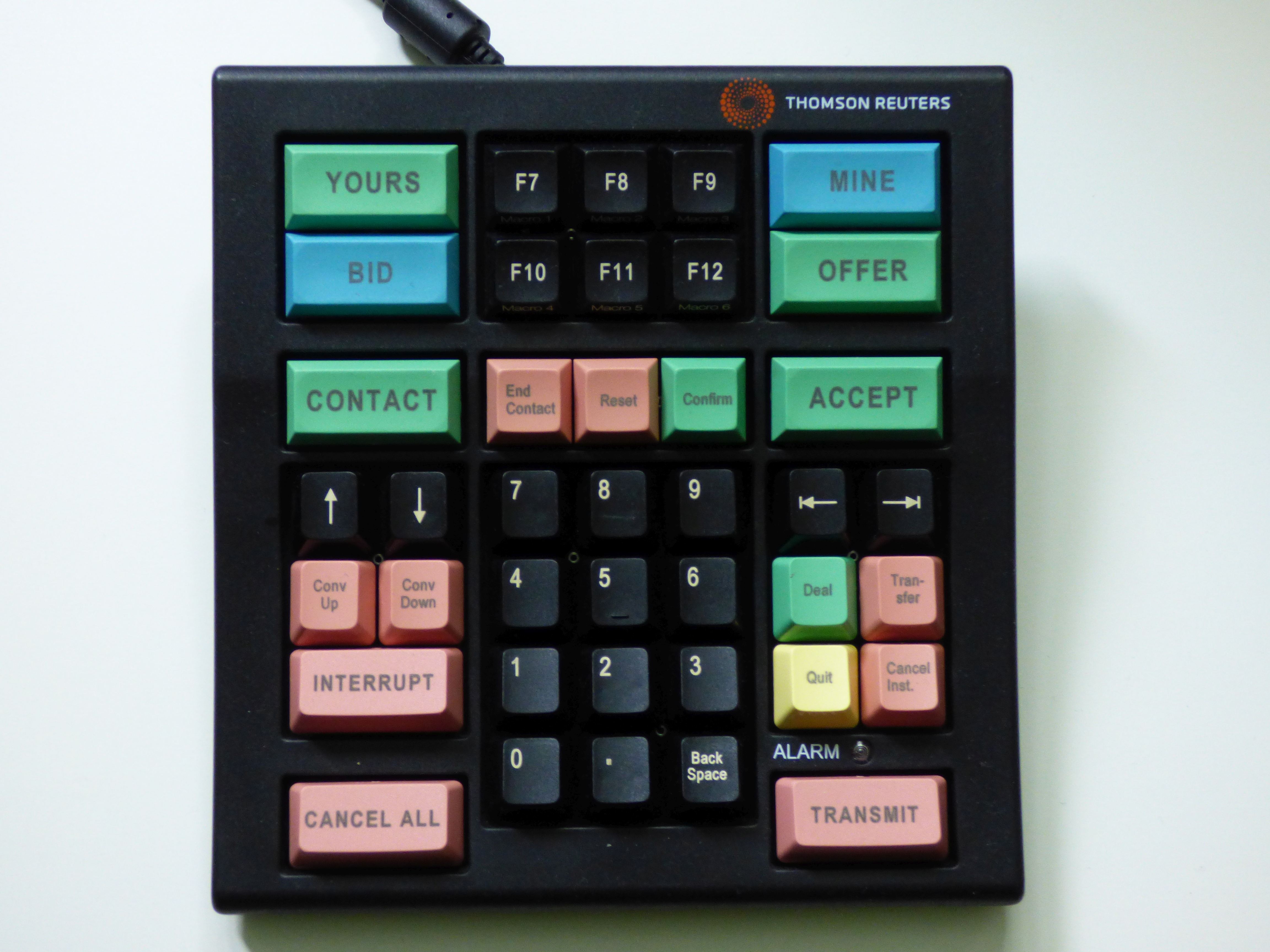
On the front there are those eye-catching colored keys (MINE!), a numpad, and an ALARM LED.
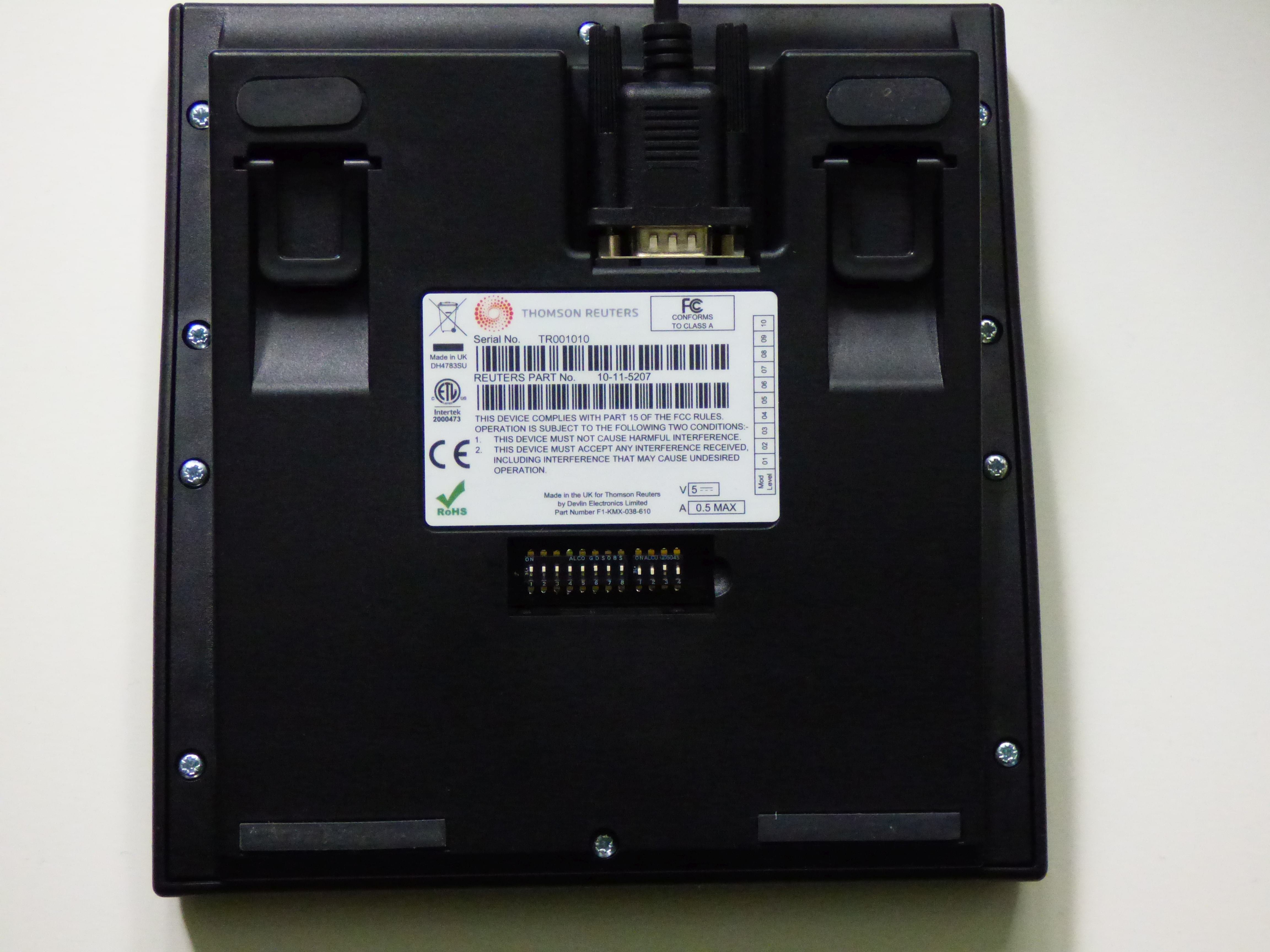
Under a little cover on the bottom you can find a row of dip switches, and DE9 conector for RS232 or RS232-USB cable. My device came with USB cable, wired as follows:
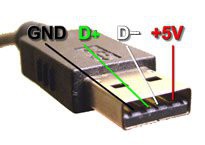
| USB | DE9 |
| GND | 8 |
| D+ | 4 |
| D- | 5 |
| +5V | 9 |
On the back there is a volume potentiometer (there is a buzzer inside) and a RESET switch. My keypad never made any sound though.
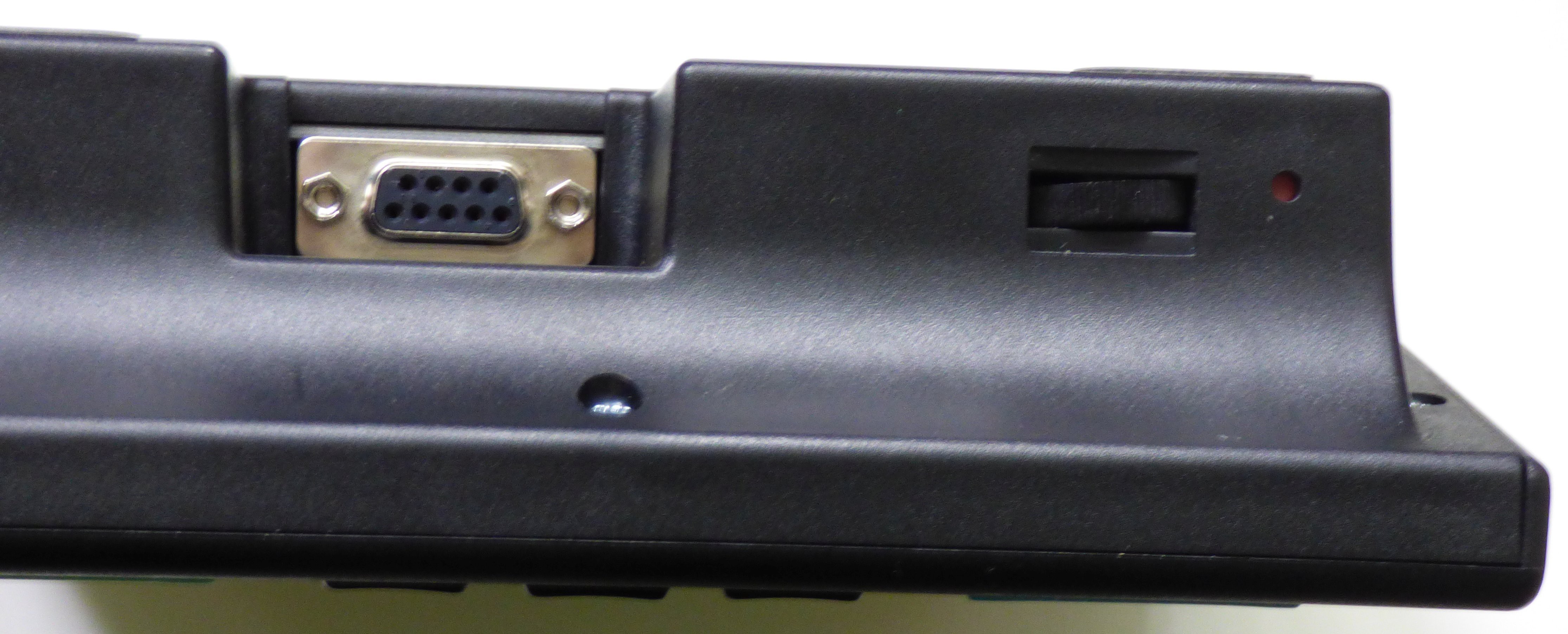
Here is a look inside. I didn't try to disconnect everything. The PCB has exactly the same shape as Reuters 3000 keypad mentioned above, but much fewer components.
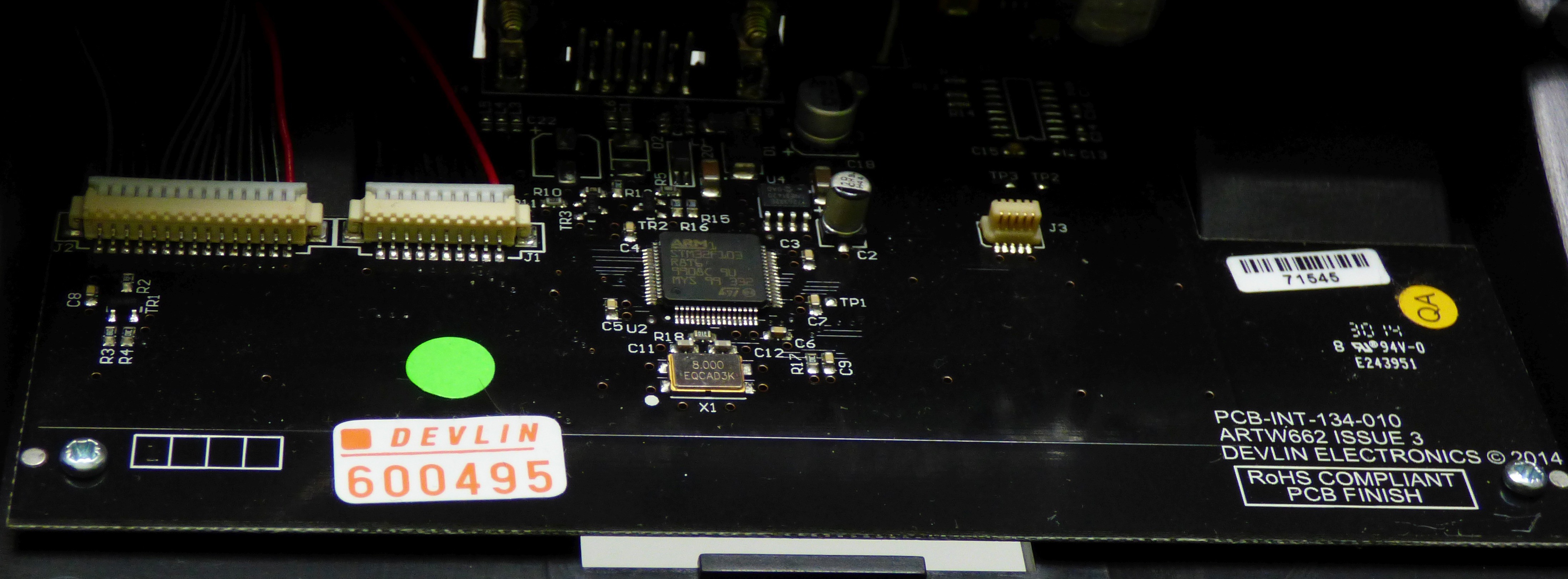
This has copyright 2014, but the design for plastic mold for the enclosure was dated 1999. There is J3 connector (JTAG for programming?) and at least three testpoints on this side.
The CPU seems to be STM32F103R8 running at 8MHz.
After connecting to a PC it was detected as a HID device Thomson Reuters TR FXT Keypad but no keyboard scan codes could be detected.
After playing in Linux with reading /dev/hidrawXXX directly and dumping to hex like this:
sudo cat /dev/hidraw0 | hexdump -C -v
I saw that indeed there are 9-byte messages sent after each key press and key release.
It would be no problem to script those events in Linux, but I wanted to use this keypad with my company's laptop for daily work.
 Maciej Witkowiak
Maciej Witkowiak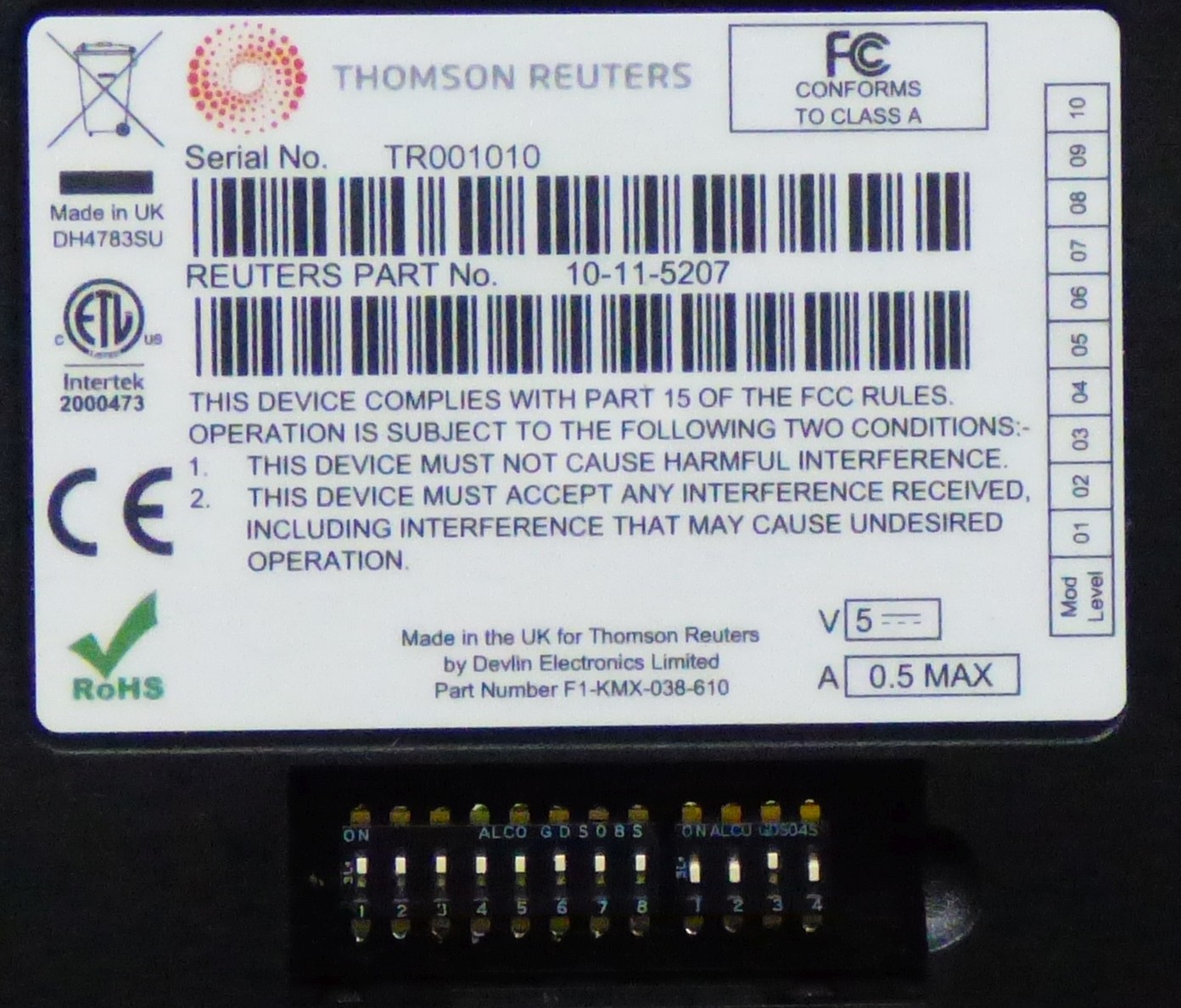



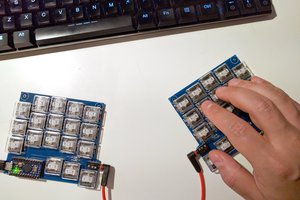
 deʃhipu
deʃhipu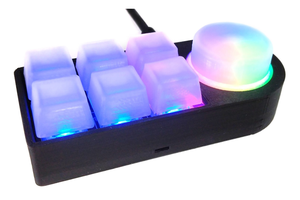
 Stefan Wagner
Stefan Wagner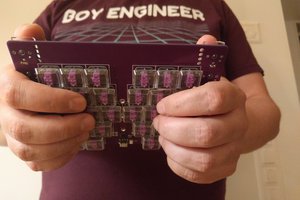
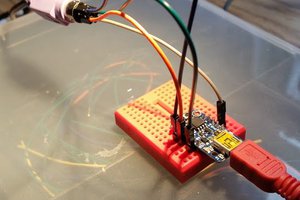
 Jared Young
Jared Young
The wonderful keyboard of details is good. very much all function of all features. https://gbplusapps.com/yowhatsapp-apk-download/